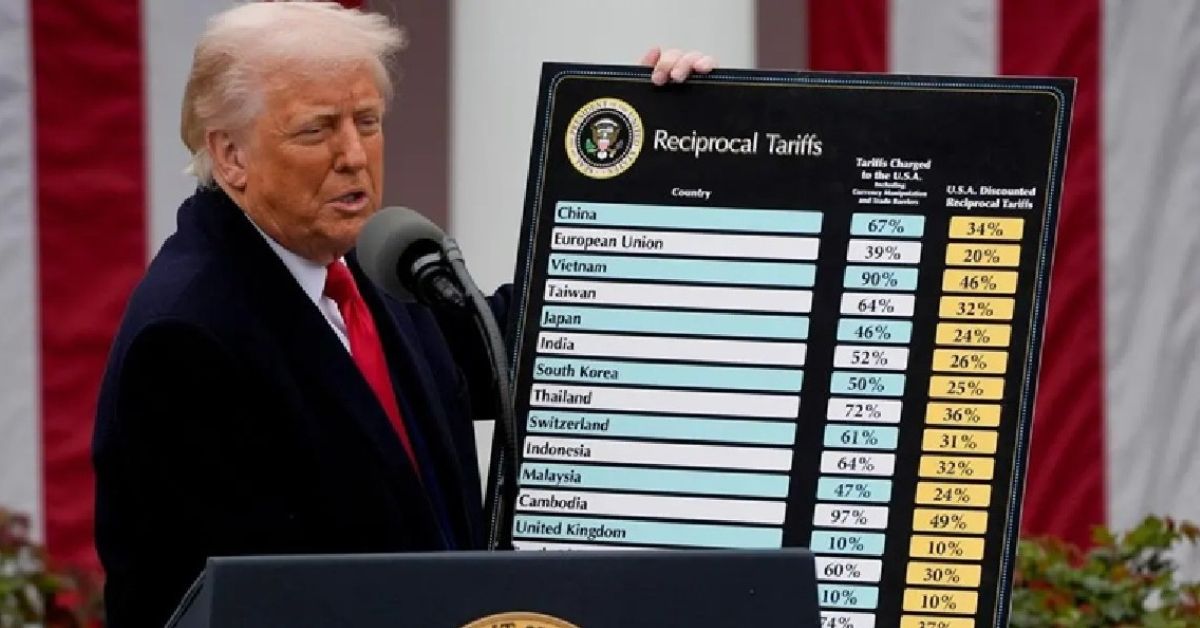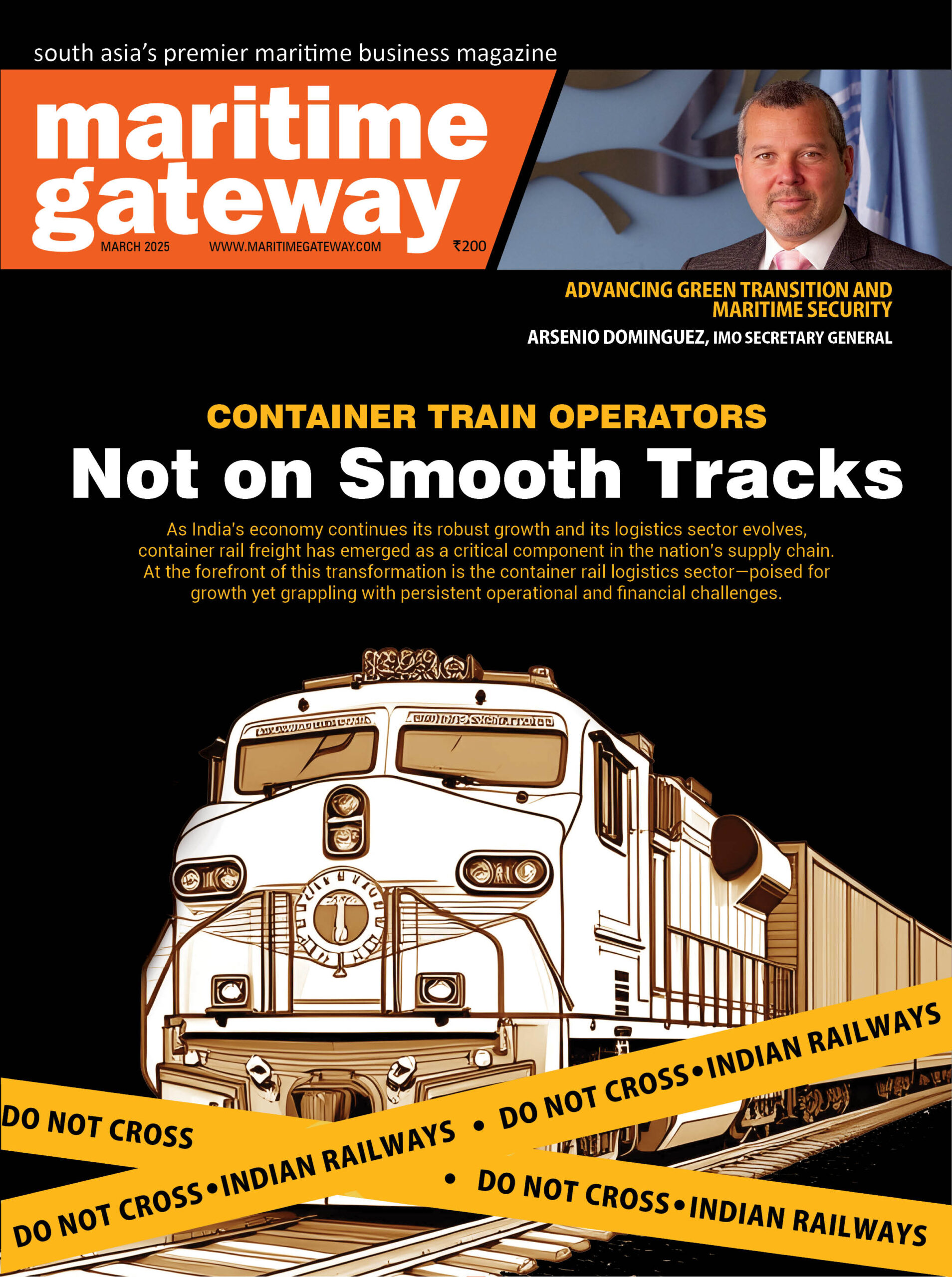Due to the tariff war that American President Donald Trump started, which is already causing noticeable cancellations of cargo bookings in Asia, global container growth is expected to come to a sharp halt this year.
After China imposed a 34% counter tariff on American goods last Friday, Donald Trump threatened to levy an additional 50% tariff on China. According to Trump, the additional 50% tax will go into force tomorrow, raising the total levies to 104%, if China’s most recent retaliation is not lifted by today. In his statement, he also stated that “negotiations with other countries, which have also requested meetings, will begin taking place immediately” and that “all talks with China concerning their requested meetings with us will be terminated.”
The announcement of blanket US import tariffs six days ago has already caused “significant” cancellations of cargo bookings in Asia, according to container analysts at Linerlytica yesterday. This has put the May contract negotiations “in limbo” and thwarted carriers’ attempts to raise transpacific freight rates. With our global container demand growth projections already cut to -1.1% in 2025, the effective US tariff rate, on a container volume weighted basis, will rise substantially to 36%, setting the stage for a full-blown trade war,” Linerlytica said yesterday, omitting the possibility of an additional 50% tariff hike directed at China by Trump.
According to Linerlyica data, China and Vietnam—two nations that the Trump administration has targeted extensively—together accounted for 51% of all US container imports in 2024 (see chart below). According to Linerlytica’s calculations, which are based on each country’s percentage of total US container imports, the trade-weighted tariff rate is greater than 36%.
If the existing tariffs are applied without any exemptions or exclusions, Linerlytica stated that the US faces a serious risk of stagflation. As of last Friday, 11% of the world’s container trade volumes were subject to tariffs, according to Clarksons Research. According to Clarksons, container-tariff trade accounted for 5% of world volumes during the 2018–19 US–China trade war and caused a 0.5% drag on global box trade.







